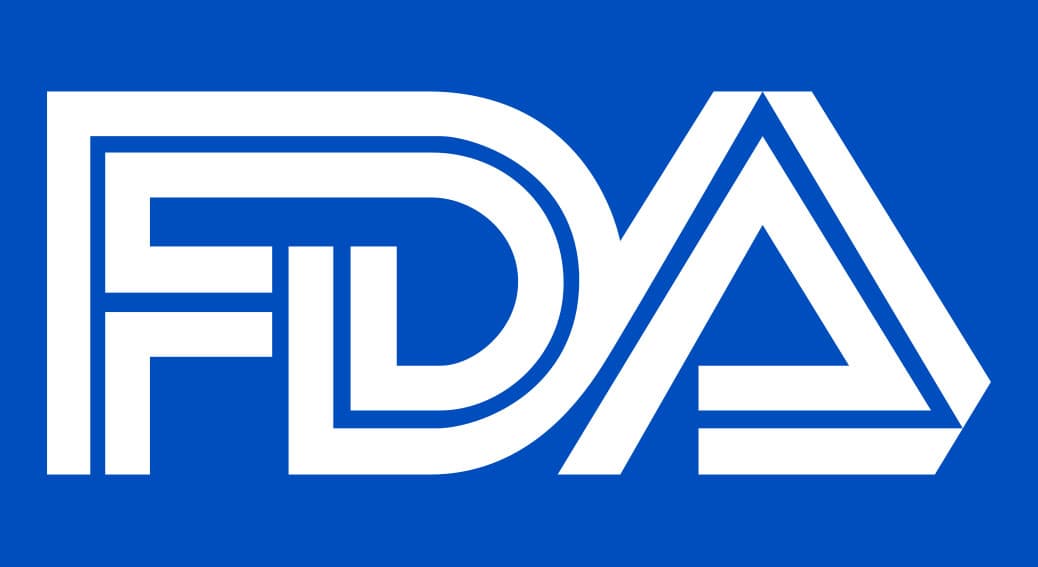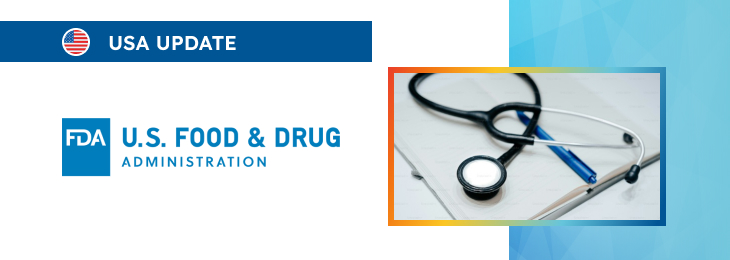The new article provides a general overview of several examples demonstrating the way the regulatory approach described in previous articles should be applied.

Table of content
The Food and Drug Administration (FDA or the Agency), the US regulating authority in the sphere of healthcare products, has published a final guidance document dedicated to remanufacturing medical devices based on the relevant drafts published earlier in 2021. The document describes in detail the applicable regulatory requirements and also provides additional clarifications and recommendations to be taken into consideration by medical device manufacturers and other parties involved in order to ensure compliance.
It is also important to mention that FDA guidance documents are non-binding in their legal nature, nor are they intended to introduce new rules or impose new obligations. Moreover, an alternative approach could be applied, provided such an approach is in line with the existing legal framework and has been agreed with the authority in advance.
Examples of Activities and Their Classification as Remanufacturing or Not
In addition to the general recommendations and clarifications described in previous articles, the guidance also provides illustrative examples of activities performed on medical devices, with explanations as to why these activities are or are not likely considered remanufacturing.
These examples are generalized and do not account for every possible detail or risk. Entities should use these examples in conjunction with the guiding principles to assess their specific situations.

Component/Part/Material Activities
Example E.1: Infusion Pump Door Replacement
- Activity: The door of an infusion pump was bent, causing it to pinch the administration set and affect the flow rate accuracy. The door was replaced with a non-OEM door that matched the original dimensions but was made from a more rigid material.
- Relevant Questions:
- A1: Does the component directly or indirectly contact body tissue? No. Neither the existing nor replacement door contacts the patient’s body tissue.
- A2: Was a component added, removed, or changed, affecting dimensional or performance specifications? Yes, the door was replaced. Despite being marketed as compatible and having matching dimensions, the replacement door’s material is more rigid.
- A2.1: Does the change significantly affect performance or safety specifications? No. Testing confirmed that the door’s rigidity did not significantly alter the pump’s performance or safety, such as flow rate accuracy.
- A3: Are there new or modified risks, or changes in performance or safety specifications? No. The risk-based assessment showed no new or modified risks.
- Decision: Not Remanufacturing.
Example E.2: Infusion Pump Rotor Replacement
- Activity: Replacing a rotor with one that has different roller materials.
- Decision: Remanufacturing. The material change increased wear on the administration set, impacting performance and safety.
Example E.3: MR System Gradient Coil Replacement
- Activity: Replacing the gradient coil with one that has a larger peak gradient strength.
- Decision: Remanufacturing. The new coil altered imaging performance specifications.
Example E.4: Immunohistochemistry Autostainer Heater Pad Replacement
- Activity: Replacing worn heater pads with OEM parts.
- Decision: Not Remanufacturing. The new pads matched the original specifications with no performance or safety changes.
Example E.5: Sample Processor Tubing Replacement
- Activity: Replacing kinked tubing with a different specification.
- Decision: Remanufacturing. The new tubing altered fluid characteristics, impacting performance.
Example E.6: Tissue Pre-treatment Water Bath Heating Chamber Replacement
- Activity: Replacing the heating chamber with one of a different temperature range.
- Decision: Remanufacturing. The change significantly altered the device’s performance.
Example E.7: Orthopedic Drill Sharpening
- Activity: Sharpening a drill for the first time.
- Decision: Not Remanufacturing. The sharpening process did not change the drill’s performance or safety specifications.
Example E.8: Endoscope Lens Replacement
- Activity: Replacing a cracked lens with a non-OEM lens of identical specifications.
- Decision: Not Remanufacturing. The replacement parts did not significantly change performance or safety.
Example E.9: Endoscope Adapter Addition
- Activity: Adding an adapter to prevent disconnection from the video processor.
- Decision: Remanufacturing. The adapter introduced new risks affecting safety.
Software Activities
As it was mentioned before, the approach to be applied with respect to software activities should be different due to the specific nature of software products and the risks associated. In order to assist the parties involved, the guidance also provides several examples illustrating the cases with software products.
Example S.1: OEM-Authorized Software Patch
- Activity: Installing an OEM-authorized software patch.
- Decision: Not Remanufacturing. The patch maintained its original specifications.
Example S.2: Remote Customer Service Capability
- Activity: Adding remote control functionality for customer service.
- Decision: Remanufacturing. The new functionality introduced significant risks and changes.
Example S.3: Operating System Change
- Activity: Changing the device’s operating system from Windows to Linux.
- Decision: Remanufacturing. The change significantly altered performance and safety specifications.
Conclusion
In summary, the present FDA guidance not only clarifies the approach to be applied when determining the regulatory status of changes potentially considered remanufacturing but also provides several examples illustrating the application of this approach in real-world scenarios.
How Can RegDesk Help?
RegDesk is a holistic Regulatory Information Management System that provides medical device and pharma companies with regulatory intelligence for over 120 markets worldwide. It can help you prepare and publish global applications, manage standards, run change assessments, and obtain real-time alerts on regulatory changes through a centralized platform. Our clients also have access to our network of over 4000 compliance experts worldwide to obtain verification on critical questions. Global expansion has never been this simple.

